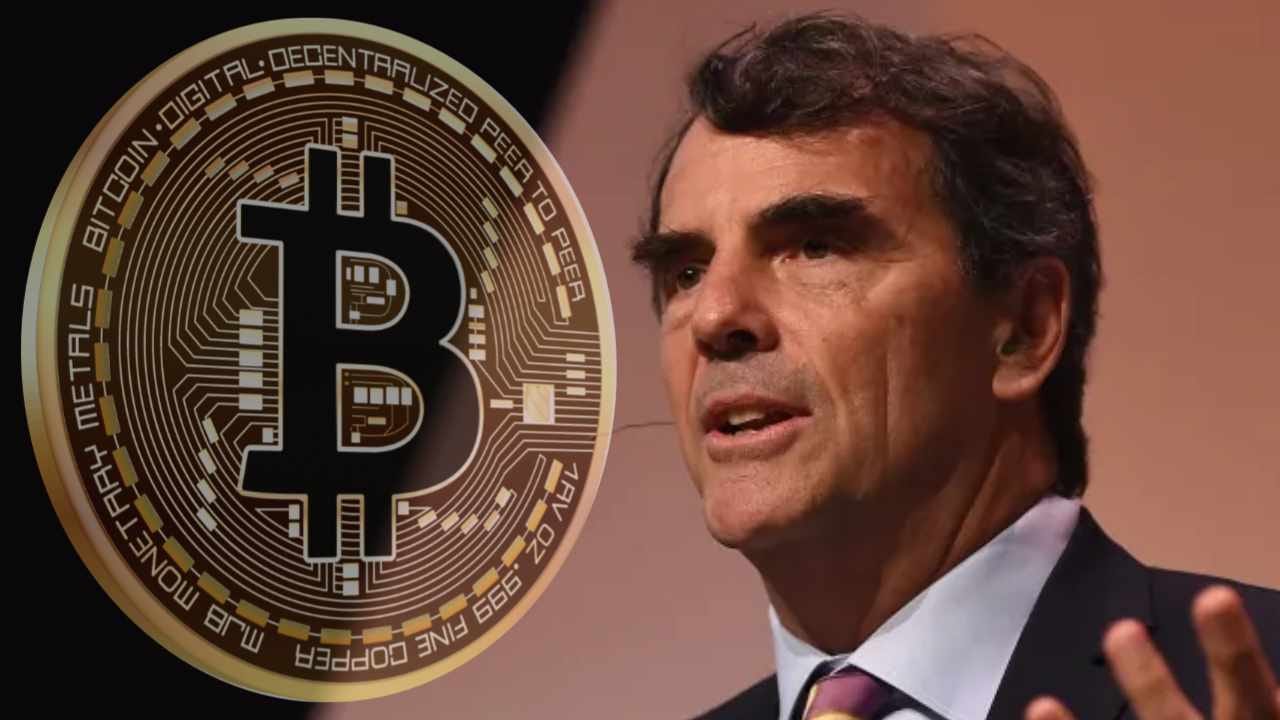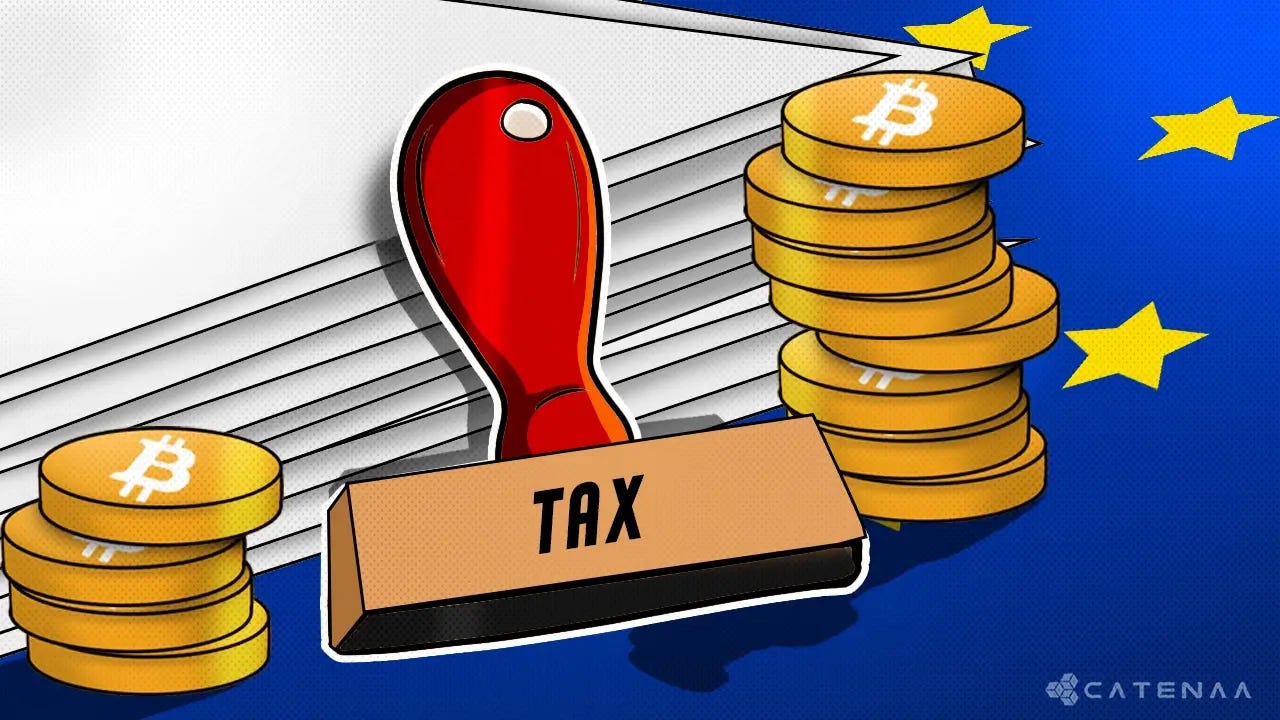Bitcoin to $250,000 in 2025?
What will the price look like next year, for each Quarter?
Bitcoin to $250,000 in 2025?
Historically, Bitcoin has been a volatile but rewarding investment. With market cycles that have often caught skeptics and enthusiasts off guard, the idea of Bitcoin reaching $250,000 has transitioned from wishful thinking into a legitimate possibility. While a few analysts, including venture capitalist Tim Draper or American entrepreneur and chairman of MicroStrategy Michael Saylor, have made bold predictions for BTC crossing this milestone, the road to such a price requires detailed analysis of market trends, technological developments, and macroeconomic factors.
Q1 2025, Post-Halving Momentum:
The Halving Effect:
Probably one of the most crucial price increase catalysts in Bitcoin is the event called the halving, occurring about once every four years. It happened this year in April, shrinking the block reward from 6.25 BTC to 3.125 BTC, and is scheduled to occur in the next 4 years, in 2028, shrinking the block reward from 3.125 BTC to 1.5625 BTC. On numerous occasions, after each halving, Bitcoin's price has shown a very steep rise in the succeeding months due to reduced supply with new BTCs hitting the market. Supply shocks from this source are likely to be in full swing by Q1 2025.
Institutional Adoption:
Increasing investor’s adoption of Bitcoin is bound to make a huge difference in Q1's performance, in 2025. Exchange-traded funds, also known as ETF’s, gained a huge approval this year, and will be able to attract unprecedented amounts of capital to the market. Already, firms like BlackRock, Fidelity, and ARK Invest have shown interest in Bitcoin ETFs, and are already trading them. But not only that, also people like Michael Saylor with MicroStrategy, who have been buying huge amounts of Bitcoin, will push the price up. Just recently, MicroStrategy bought 15.3K Bitcoin for $1.5B. This purchase brings the total Bitcoin holdings of MicroStrategy and its subsidiaries to 439,000 BTC (about $45.6 billion), bought at the aggregate purchase price of $27.1 billion, or an average purchase price of roughly $61,725 per BTC. Michael Saylor even highlighted the company’s Bitcoin performance, noting a 46.4% yield quarter-to-date and a 72.4% yield year-to-date.
Macroeconomic Conditions:
Another factor that may be considered is the broader economic environment. If the Federal Reserve were to turn to an accommodative monetary policy by early 2025, Bitcoin would greatly benefit. Lower interest rates and increased liquidity tend to push investors toward riskier assets, which include cryptocurrencies or also Bitcoin. I think that if everything goes according to plan, and more companies start adopting Bitcoin, the projected Price-Range for Q1 in 2025 could be between $120,000 - $150,000. But of course this is if everything go smoothly, and nothing like a similar war to Ukraine breaks out. What we also need to consider is the January 20th, when Donald Trump is sworn into office as the 47th President of the USA. The night of the election night, when it was clear he will be the next president, the Bitcoin-Price went straight up. It went from 69K to 74K within hours. So, could we see something similar like that happening on January 20th? If he immediately signs the bills, where he (the US) will use Bitcoin as a strategic reserve, the Bitcoin-Price could go up.
Q2 2025, Scaling Solutions and Network Upgrades:
Bitcoin's Scalability:
One of the perpetual problems for Bitcoin is scalability. However, improvements in the Lightning Network-layer 2-could vastly improve not only the speed of Bitcoin's transactions but also lower transaction fees. We might see an increased adoption of the LN by Q2 in 2025, at which time Bitcoin could become more viable for everyday purchases?
Is there more of a Corporate Interest?
By mid-2025, more companies can start holding Bitcoin as a treasury asset. While Tesla, MicroStrategy, and Square have already gone down that Rabbit-Hole, a wider adoption wave may kick in, especially if Bitcoin can show resilience above US$100,000, which it did the last couple of days. Currently the price is at $105,023.27.
What is the Regulatory Clarity?
Though often plagued by regulatory uncertainty that has hampered its growth, the next two years might see some clarity. Countries like the U.S. or the European Union could come out with comprehensive crypto frameworks, which as a result, institutional and retail investors might feel convinced to enter the market. Or they could implement new laws like they did with AMLA, or crypto tax laws. Couple of weeks ago, the EU defined new rules for crypto-asset, that are either stored, bought, or sold on exchangers. The reason was for tax purposes only. They believe that you should pay a tax on your crypto asset, since they think that, and I quote, “Fair and effective taxation is key to securing revenues for public investment and services, while creating a business environment in which innovation can flourish.” According to them, tax authorities currently lack the necessary information to monitor proceeds obtained by using crypto assets which are easily traded across borders. This severely limits their ability to ensure that taxes are effectively paid, which means European citizens lose important tax revenues. For them the DAC8 law is needed because crypto assets are relatively new technology. It is important to give Member States the tools to get the information that they need to ensure that these new products are treated more or less in the same way as we treat more traditional products, to establish a level playing field and ensure fair taxation. If these law do not effect the price, the projection for Q2 in 2025 could be between $150,000 - $180,000.
If you would like to know more about what the DAC 8 law is, read this article here: https://taxation-customs.ec.europa.eu/news/eu-defines-new-rules-crypto-asset-information-exchange-tax-purposes-2023-05-31_en
Q3 2025, Retail FOMO and Media Hype:
Retail Investor Influx:
Historically, retail investors have been instrumental in Bitcoin's bull runs. As BTC approaches new all-time highs, mainstream media coverage and social media hype could spur FOMO among retail investors. The same people will be able to buy Bitcoin with ease through platforms like Robinhood, PayPal, and Cash App etc. Of course, people also need to be more careful with scams and losing money, since the market is volatile, and overall, scammers always try new methods of stealing your money.
Global Adoption Trends:
Countries with high inflation rates and ailing economies, such as Argentina, Turkey, and Nigeria, have increasingly sought Bitcoin as a store of value. This could further accelerate in Q3 in 2025, if Bitcoin proves to be a better alternative than FIAT currencies in these regions. Countries like El Salvador, which used to be one of the scariest and most dangerous countries in the world, adding high inflation on top of that, changed their path thanks to adding Bitcoin to their Balance Sheets as a store of value. Thanks to Nayib Bukele’s, El Salvador became the Bitcoin-Hub in the world, and he changed El Salvador for the better. By buying Bitcoin every month, just like MicroStrategy does, El Salvador was able to pay off their debts to the IMF.
Can Geopolitical Events cause instability?
Geopolitical instability often pushes investors towards safe-haven assets like Gold and Bitcoin. In case of rising global tensions or a devaluation of FIAT currencies, Bitcoin may attract more capital in its decentralised alternative. If a war breaks out, people might turn themselves to what still has value and can be used as an exchange tool, like Gold or Bitcoin. Money in a sense, is a tool we use to exchange value, which makes it easier to buy, sell, and save. It's a medium of exchange that everyone accepts, a store of value that lets us save and use it later, and a unit of account that helps us compare the worth of things (like saying a pizza costs $10). If a war breaks out, or a national crisis, that “Money” will lose value. But what will not lose value, will be Gold or Bitcoin. So for the price to reach between $180,000 - $220,000 for Q3 in 2025, we can not afford to have a any war scenarios or financial crisis, like we had in 2008/09.
Q4 2025, Breaking $250,000:
Mining Economics:
With the rise in price of Bitcoin, mining turns out to be far more lucrative. A stronger hash rate means a more secure network, thus, it is very confident and attracts more people and companies into mining Bitcoins. Countries that allow Bitcoin mining, such as the United States and Russia, have become mining company havens. States in the U.S., like Texas, are especially popular due to their favourable policies and resources. Russia also continues to see an uptick in mining activity, further driving the industry forward.
Paraguay is also a leading country in the Bitcoin mining industry. The country's very low cost of electricity has attracted a large number of miners and mining companies. Paraguay can be considered an excellent example of how cheap energy and has perfect conditions that are able to create an ideal environment for Bitcoin mining.
Market Euphoria:
The final stages of a Bitcoin bull run are often marked by euphoria. If Bitcoin is hovering around $220,000 by Q4 in 2025, a surge caused by retail FOMO, institutional buying, and speculative trading could push it past the $250,000 mark. The psychological importance of this milestone would probably create additional momentum. But what happens if their is a market crash, and people have to sell their Bitcoin because they are euphoric? We still live in a FIAT system, and if people have to pay their bills, they will sell their Bitcoins. If that is the case, the price can crash within hours by a few thousand dollars.
What are the Risks and Challenges?
While the case for Bitcoin reaching $250,000 is possible in 2025, there are some risks to consider. Many forget Regulatory Crackdowns. If stricter regulations or outright bans on trading and mining Bitcoin are enacted by any government around the world, it could be a problem for the price to go up. What about Market Manipulation? What if there are huge whales and large institutions invested into Bitcoin or other cryptocurrencies, which could manipulate the market? And last but not least, Technological Risks. Advances in quantum computing or security failures in Bitcoin might shake confidence of investors, which also could make the price go down? Now, you might ask yourself: “Can Bitcoin really go to $250,000 in 2025?”
Can Bitcoin really go to $250,000 in 2025?
Well, the journey to $250,000 in 2025 may be anything but a sure thing for Bitcoin, but all building blocks are coming together. From post-halving momentum and institutional adoption to scalability and global economic trends, a host of factors may come together to drive Bitcoin to new heights. While it's really impossible to predict how the market will move, the potential is there. But as always, do your own research, don’t trust verify and make your own image, before making investment decisions. It will be a long way until Bitcoin reaches $250,000, but it's worth the wait.
THERE IS NO SECOND BEST!
BITCOIN TO $250,000!




